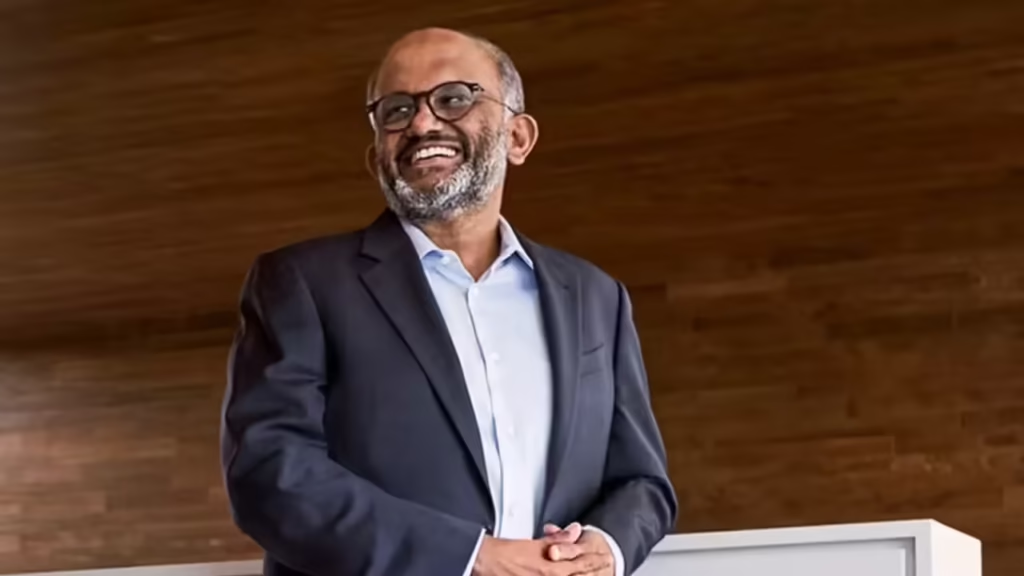Now Reading: Mental Health Awareness Among Indian Youth: Breaking the Silence, One Step at a Time
-
01
Mental Health Awareness Among Indian Youth: Breaking the Silence, One Step at a Time
Mental Health Awareness Among Indian Youth: Breaking the Silence, One Step at a Time

As India’s youth navigates through academic stress, job pressures, and social expectations, mental health is slowly becoming a conversation — but still not loud enough. In Tier 2 cities especially, where access to professional help may be limited and stigma still persists, awareness around mental well-being is urgently needed. The good news? Change is beginning, and it’s being led by the very generation that needs it most.
Here’s how Indian youth are shaping the future of mental health — and what more needs to be done.
The Silent Struggles of Young Minds
From exam stress in school to burnout in early careers, young Indians are facing more emotional pressure than ever. Add social media comparisons, peer expectations, and family pressure — it’s a storm brewing inside.
Yet, many hesitate to speak up due to fear of judgment or lack of understanding. In smaller cities like Indore, Nagpur or Dehradun, even discussing feelings is still seen as weakness.
Why Awareness Matters
Recognising signs of stress, anxiety, or depression early can prevent long-term emotional damage. Simple steps like talking to someone, journaling, or even getting regular sleep and exercise can help. But for this to happen, young people need to feel safe and supported.
Awareness isn’t just about campaigns — it’s about building an environment where mental health is treated as seriously as physical health.
Barriers in Tier 2 and Smaller Cities
While metros have increasing access to therapists, helplines, and mental health apps, youth in smaller towns often face a lack of resources. Schools and colleges may not have counsellors, and parents might dismiss emotional issues as “just overthinking.”
Bridging this gap requires both infrastructure and mindset change — starting from schools, community groups, and local leadership.
Role of Schools, Colleges, and Workplaces
Educational institutions must include mental health discussions as part of regular curriculum and provide safe spaces for students. Peer support groups, stress-management workshops, and trained counsellors can make a significant difference.
In workplaces, especially where freshers are just starting out, HR policies should support mental wellness with openness and confidentiality.
Youth-Led Change
Many young influencers, creators, and students are taking to social media to share their stories, normalise therapy, and encourage openness. This peer-to-peer conversation is powerful — especially in a country where traditional voices often stay silent on mental health.
Tier 2 city creators are rising as relatable role models, talking in local languages and breaking barriers with honesty.
Conclusion
Mental health is not a luxury — it’s a necessity. For India’s youth, especially those in non-metro regions, creating awareness and access is key to a healthier, happier future. It’s time to replace silence with support, judgment with empathy, and fear with education. The conversation has begun — now, it must be heard everywhere.

























